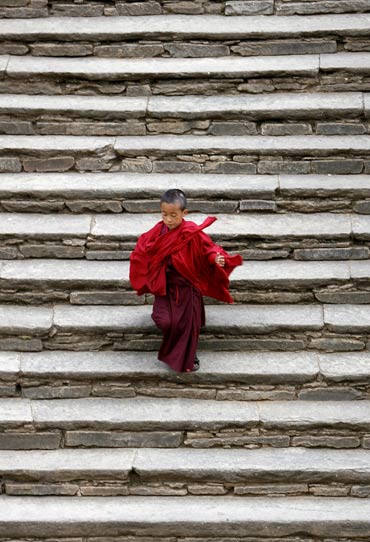
Long isolated from the modern world, the Himalayan Kingdom of Bhutan is a mountain oasis where spirituality is a way of life and the culture remains untouched by outside influences.
This sample itinerary takes you on an exhilarating trek through remote valleys where yaks graze in the meadows, below snow-clad peaks, and into nomadic settlements where you get to know Bhutan's gentle and gracious people, while hiking in the shadow of the spectacular Jhomolhari, Bhutan's most sacred mountain.
When to go: April to early June, September to November.
...
Contributed by Aashish Gupta, founder of Yellowleg.com - The Discerning Traveller's Bookstore.
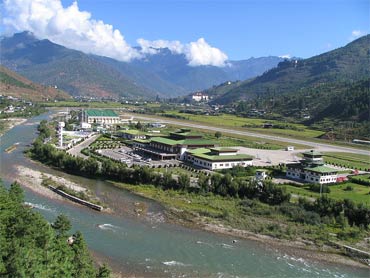
Arrive by air at Paro, taking in views of the highest peaks of the eastern Himalaya, including the Mount Everest, if weather permits. Enjoy lunch at Paro before travelling overland to Thimphu, Bhutan's capital.
Stay at the Jumolhari Hotel.

After breakfast, set out on your first hike, a steep, hour-long climb to Cheri Gompa, the country's main meditation centre, built in 1620.
Hike another hour up to Tango Gompa, a Buddhist institute for higher learning originally founded in the 12th century.
Upon return to Thimphu, if time permits, visit Tashichho Dzong, the seat of the government and central monastic body.
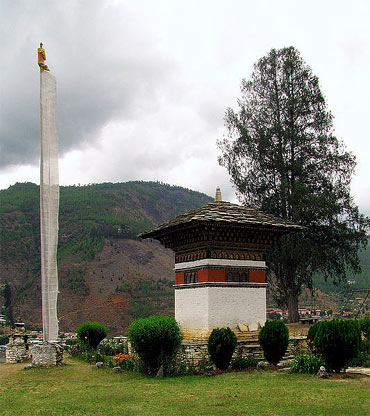
Explore Thimphu, stopping in at the School of Arts and Crafts, where children learn traditional painting, wood carving, and sculpture.
In the afternoon, drive back to Paro. At the National Museum, examine beautiful thangkas, or scroll paintings, bronze statues, and elaborate stamps. If time permits, venture into the 17th-century Paro Dzong.
Stay at the Gangtey Palace, a 19th century, traditional Bhutanese, courtyard- style boutique hotel.
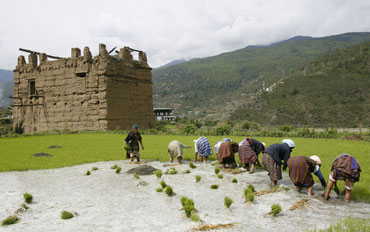
Set out on your Himalayan trek in the morning, starting from Drukgyel Dzong (8,500 feet), where you can hire pack ponies to carry your stuff.
Trace the Paro River on foot as it winds past traditional farmhouses and fields of red rice, chilies, and millet.
Stay at the campsite perched on the river near the village of Sharna.

Continue up through the valley following the Paro River, passing through a thick forest of oak, pine, and juniper.
As you approach the camp at Thangthangkha, the snowy summit of sacred Jhomolhari comes into view.
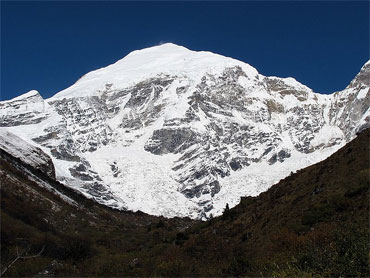
Follow the Paro River along a rocky trail until the valley widens again, opening to a spectacular alpine meadow surrounded by soaring snow-capped ridges.
Camp at Jangothang below a ruined fortress near the base of Jhomolhari. The following day, rest and explore or take a hike to beautiful Tsophu Lake for incredible views of Jhomolhari and Jichu Drake.
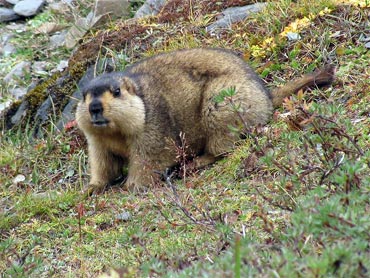
The trail starts with a short, steep hike to Tsophu (14,300 feet), a trout-filled glacial lake where you may spot blue sheep, marmots, and migrating birds, or even the elusive snow leopard and admire breathtaking views of Jichu Drake.
Another hour's hike brings you to your lunch spot below Bhonte La, a mountain pass at 16,000 feet.
Cross the pass and make a long, steep descent to the valley of Soi Yaksa where you can set up camp and visit with yak-herding families who produce some of the best yak-wool cloth in the area.

Ascend the eastern ridge of the Soe Yaksa valley on a gentle uphill trail. From the top, take in a spectacular amphitheater of mountains to the north.
After lunch, cross Thombu La, a 15,000-foot pass with panoramic views of the eastern Himalayas, includingthe Kanchenjunga, the third-highest mountain in the world.
Descend to the camp at Taybu (13,700 feet), a rich pastureland where nomadic yak herders often pitch their traditional woolen tents.

After a short, steep climb from camp, follow a ridge out of the remote mountains. Make a steep descent (4,500 feet drop in elevation) to your first camp at Sharna.
The following day, your hike brings you back to the trailhead at Drukgyel Dzong, where you can stop for lunch before returning to Paro by late afternoon.

Set out on a hike to a teahouse that affords fantastic views of the legendary Taktsang Lhakhang, or Tiger's Nest Monastery, perched on a cliff 2,700 feet above the Paro Valley.
If you wish, continue another hour to a closer viewpoint. Enjoy time to explore Paro in the afternoon before you take the flight back home the next day.